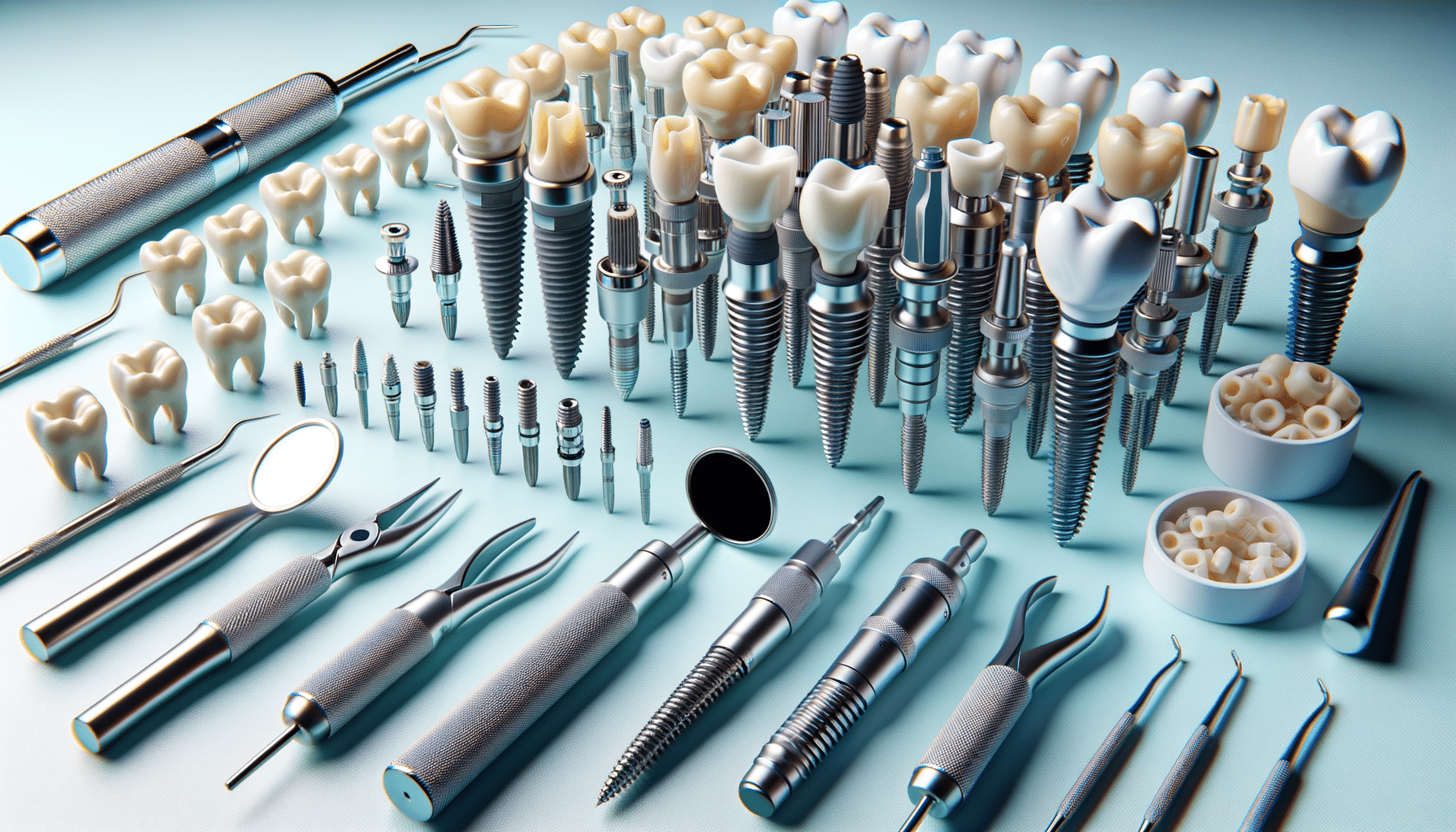
Exploring the World of Dental Implants
Understanding Dental Implants
Dental implants have become a cornerstone in modern dentistry, offering a solution for those who have lost one or more teeth. Unlike traditional dentures or bridges, dental implants are designed to be a permanent fixture in the mouth, providing both aesthetic and functional benefits. They consist of a titanium post that is surgically placed into the jawbone, acting as a root for the artificial tooth. This post fuses with the bone over time, a process known as osseointegration, which ensures stability and durability.
The importance of dental implants cannot be understated. They not only restore the natural appearance of a smile but also prevent the bone loss that often occurs with missing teeth. Additionally, dental implants do not require the alteration of adjacent teeth, unlike bridges, making them a more conservative option. This preservation of natural tooth structure is one of the reasons why dental implants are highly regarded by dental professionals.
Moreover, dental implants can significantly improve the quality of life for individuals with missing teeth. They allow for normal eating and speaking, which can be challenging with traditional dentures. The confidence that comes with a complete smile also contributes to psychological well-being, making dental implants a comprehensive solution for tooth loss.
The Procedure and Recovery
The process of getting dental implants involves several stages, each critical to the success of the treatment. Initially, a thorough examination is conducted to assess the suitability of the patient for implants. This includes evaluating the bone density and health of the gums. Once deemed suitable, the surgical placement of the implant is scheduled.
The surgery itself is typically performed under local anesthesia. During the procedure, the dentist or oral surgeon makes an incision in the gum to expose the bone, where a hole is drilled to place the titanium post. This stage is followed by a healing period that can last several months, allowing the implant to integrate with the bone.
After successful osseointegration, an abutment is attached to the implant, which serves as a connector to the artificial tooth. Finally, a custom-made crown is placed on top, completing the restoration. Recovery from dental implant surgery varies among individuals but generally involves managing minor discomfort and following post-operative care instructions, such as maintaining oral hygiene and attending follow-up appointments.
It’s important to note that while the procedure may seem lengthy, the results are often worth the wait. Dental implants have a high success rate and can last a lifetime with proper care, providing a long-term solution for tooth replacement.
Benefits and Considerations
One of the most significant advantages of dental implants is their ability to mimic natural teeth in both appearance and function. This makes them an attractive option for those looking to restore their smile without compromising on comfort or aesthetics. Additionally, dental implants help maintain facial structure by preventing bone resorption, which can occur when teeth are missing.
However, there are considerations to keep in mind when opting for dental implants. The cost can be higher compared to other tooth replacement options, although many find the investment worthwhile given the durability and benefits provided. It’s also essential to have sufficient bone density to support the implant, which may require additional procedures like bone grafting for some patients.
Another factor to consider is the time commitment. The entire process from initial consultation to final restoration can take several months, requiring patience and adherence to the treatment plan. Despite these considerations, the satisfaction rates among dental implant recipients are notably high, with many appreciating the renewed ability to eat, speak, and smile confidently.
In conclusion, dental implants offer a remarkable solution for those seeking to replace missing teeth. While the journey may require time and financial investment, the outcomes often lead to improved oral health and enhanced quality of life.


